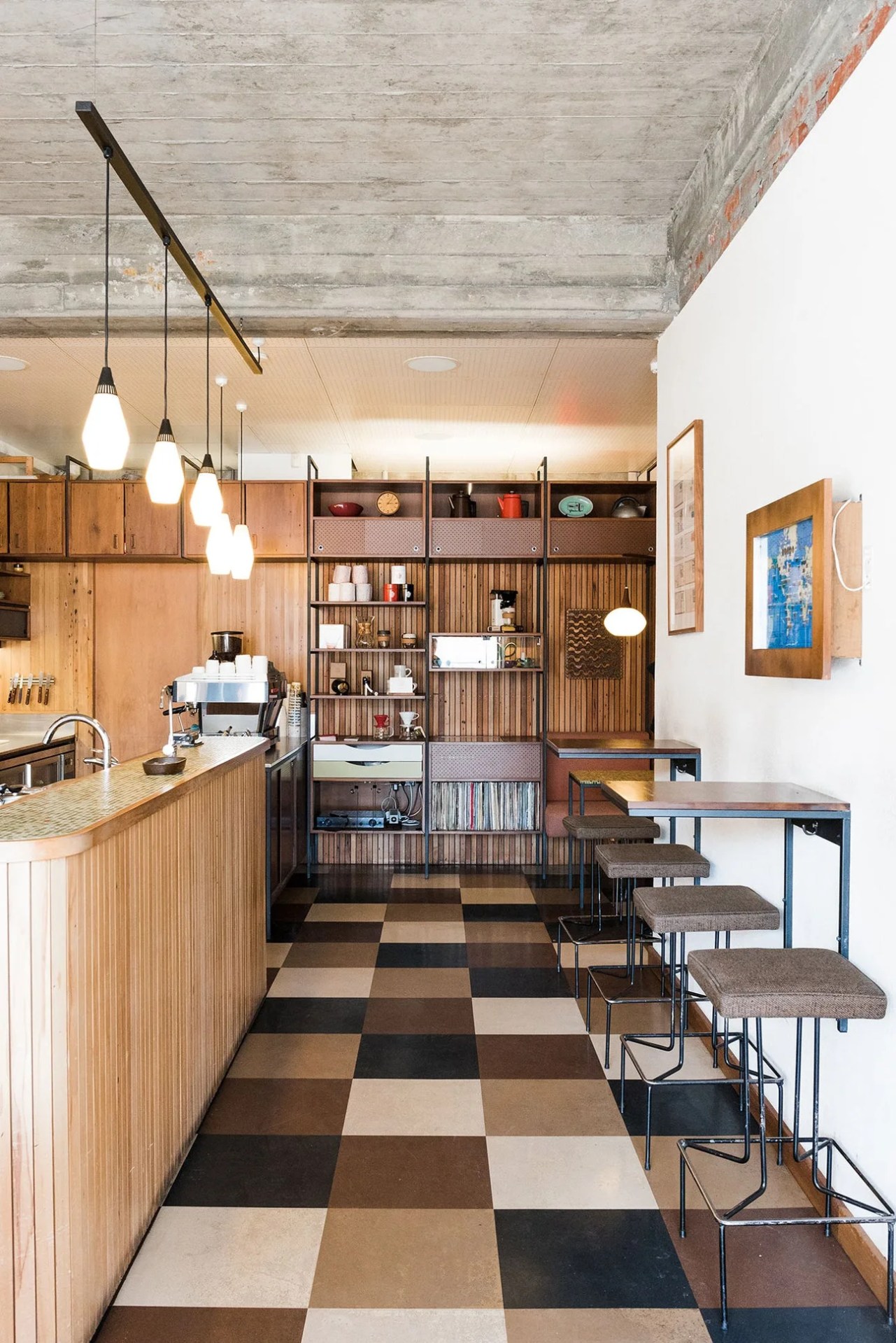The flat white originally had a slow and steady come-up in the United States, mostly by way of small, independent coffee shops in New York and San Francisco.
But its presence on the Starbucks menu finally took it mainstream.
Invented in Australia in the ‘80s, and pioneered and perfected in New Zealand shortly thereafter, the flat white embodies the spirit of the budding coffee culture down under and is the carefully crafted cup of choice for many a caffeine-loving Kiwi.
WHAT IS A FLAT WHITE?
In layman’s terms, the drink consists of a double espresso, topped with lightly textured whole milk (or “blue milk,” the name for full-fat milk throughout New Zealand).
Every culture has its take on the perfect marriage between coffee and milk, but it’s “the texture and strength” that set the flat white apart, said Tim Norris, a co-owner Customs, a popular coffee shop in Wellington, New Zealand.
“Caps’ and lattes are both quite creamy drinks,” he said, referring to the espresso iterations most typically classed alongside flatties. The ideal flat white, by comparison, has a smooth, almost velvety texture. “You should be able to drink it and have it drain all the way through down the sides [of the cup].”
ONE OF THE WORLD’S FINEST EXAMPLES
 Coffee Supreme
Coffee SupremeAmong Wellington’s finest coffee shops, Customs is a cozy space inspired by the mid-century interiors of Southern California. With a rotating selection of beans roasted just a few blocks away at the Coffee Supreme headquarters, the brew bar specializes in different brewing methods, including Slayer Espresso, Chemex, V60, and SwissGold.
The flat white served at Customs, which is the flagship Wellington branch of the Coffee Supreme mini-empire, is one of the finest you’ll find both in and out of the capital, which also happens to be the spiritual center of the New Zealand coffee scene. The coffee used is a blend of three Guatemalan beans sustainably sourced from neighboring farms. To start, Norris aims for a 41-gram yield of espresso, followed by sweet, full-fat milk; he prefers a local, organic milk sourced just outside of Wellington, that he said is consistently sweeter than average dairy. Though there’s no sugar added to true flat whites, New Zealanders still “want sweet coffee,” said Norris.
The final volume should be between 150 and 160mL (or around five US fluid ounces). “Most people will argue that it should be served in a tulip cup,” said Norris. If you’ve got the equipment at home — a respectable espresso machine and a steamer — give it a shot. Just make sure it’s a double, and follow with the best milk you can buy.
